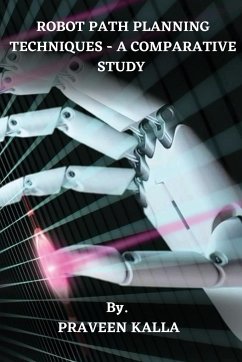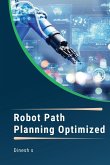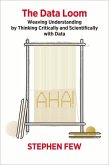The Fourth Industrial Revolution raises on the digitalisation presenting stateof-art ways in which embedded technology is seen everywhere, including the human body. This industrial revolution is distinct by several emerging technology innovations in almost all the fields, including Nanotechnology, the Internet of Things, Driverless Cars, Robotics, Artificial Intelligence, Biotechnology, 3D Printing, Quantum Computing, Electric Vehicles, Machine Learning, Data Sciences, Fuel Cells etc. Industry 4.0 is designated by a mix of hybrid technologies that is erasing the lines between the digital, biological and physical spheres. In the Fourth Industrial Revolution, robots are more and more capable of monitoring their interior structures for remote troubleshooting and predictive maintenance. Roboticists are concerned with developing artificial mechanical devices capable of moving by themselves, which must be modelled, planned, detected, activated, controlled and these movement behaviours can be influenced by 'programming'. If a robot safely moves in an unstructured environment and performs assigned tasks independently, it can be termed "Intelligent". Flawless navigation is a subspace of robot navigation in a territory, which is known as path planning. The optimal navigation aims to choose the impeccable trajectory between the starting state and the desired endpoint of the robot. The mobile robot path planning problem has intrigued and has received much attention throughout the history of Robotics. The fundamental path planning problem is finding a robot's accident-free path among static obstacles and dynamic barriers. In its simplest form, robotic path planning is purely a geometric issue, computing the accident-free path between the starting and end locations, given the geometry of the robot and the obstacles in its path.







